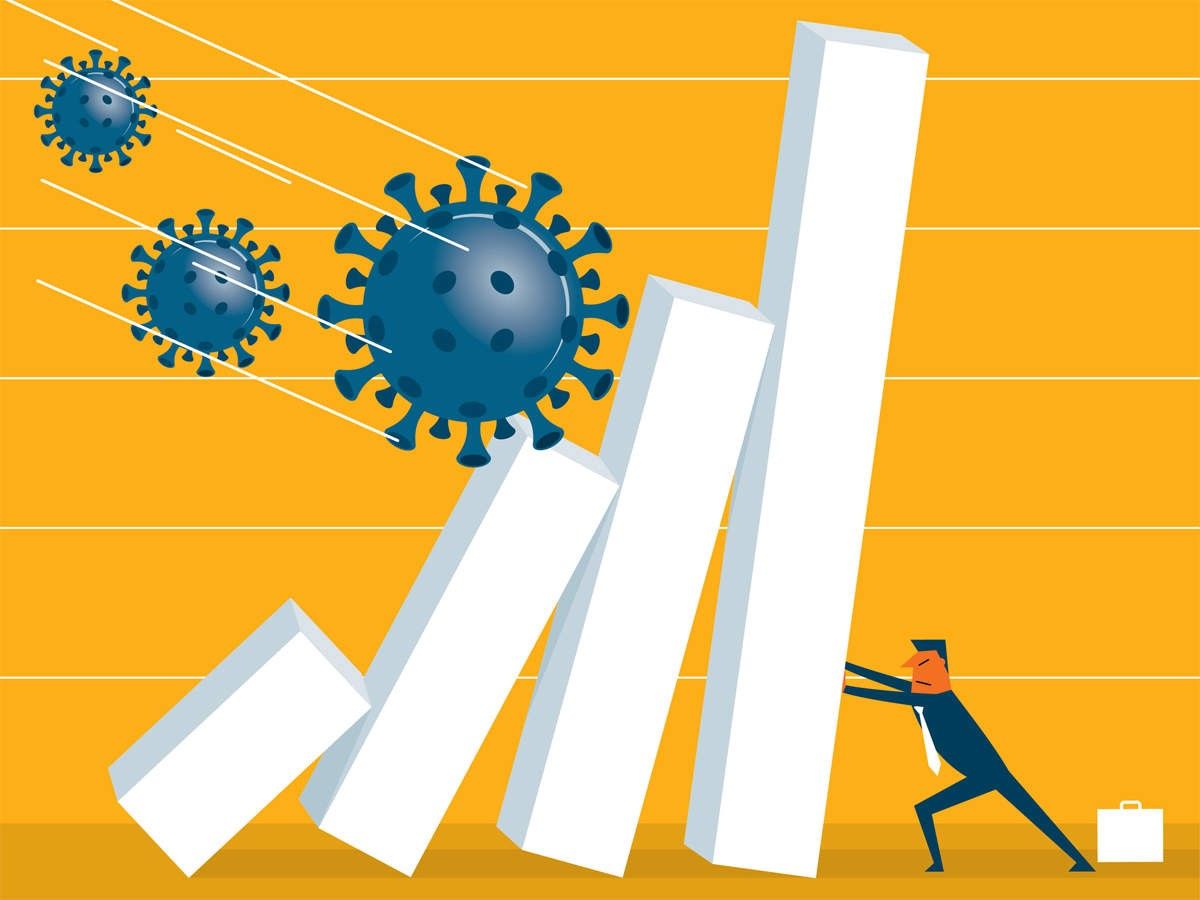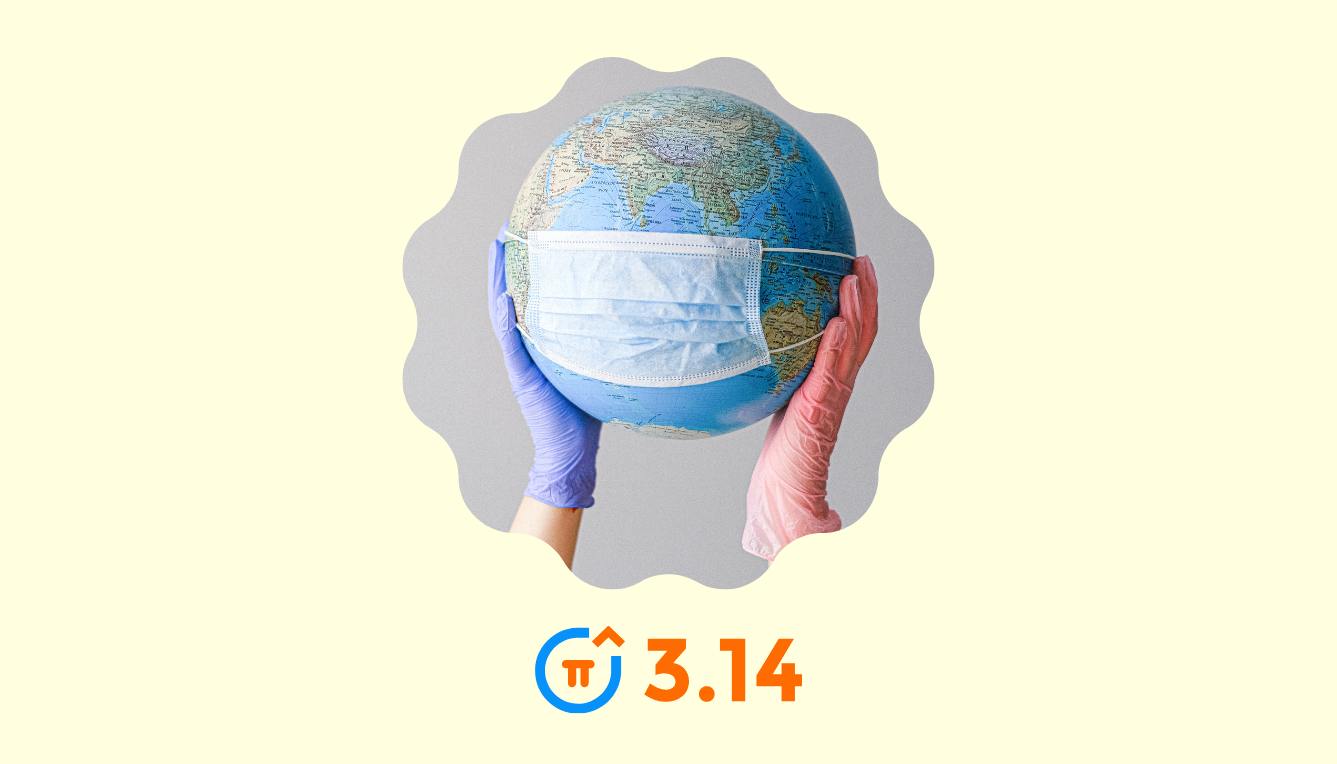
When the world started going into lockdown, one country after another, people started spending more time than ever on their mobile devices. The average time spent on the devices increased by 30–40% on an average, even more in some cases. The likes of TikTok saw double the increase in their average session time. As the lockdowns continue, the numbers continue to grow.
The shift to mobile devices looks like a good news for the mobile adtech industry. But, once we deep dive into it, we see a different picture. For instance, according to Statista, the global average CPM on Facebook was $1.88 in November 2019 which dropped drastically to $0.88 in March 2020. According to an analysis by Cowen & Co, for 2020, Google’s total net revenue is now projected to be about $127.5 billion, down $28.6 billion versus Cowen’s prior estimate (an 18% decline). Facebook ad revenue for the year is pegged at $67.8 billion for the year, a drop of $15.7 billion (-19%) vs. Cowen’s previous forecast.
In fact, the impending financial crisis has also affected brands and their moods with a lot of them trying to conserve cash for times of lesser revenues. As a result, the entire mobile adtech industry has seen a drop in its revenue, even when the opportunity and the ad impressions have increased. Here is a vertical wise analysis of how the lockdowns have affected mobile ad spends.
Travel and Hospitality
The first sector to get impacted visibly. As the fears of an impending pandemic rose, travel sector had started seeing a drop as early as last week of February. By the time nations went for lockdowns and travel bans were put in place, the revenues had dropped as much as 80% and it kept further decreasing. As a consequence, the advertising spends have become almost zero for most travel companies and are likely to remain the same as long as travel bans are in place. The recovery will likely be sluggish, both for the sector and the advertising budgets.
Online delivery (Fashion, grocery, food)
The industry seems pretty affected as the likes of Amazon and Flipkart have been restricted to just essential deliveries. Even with food delivery companies, the average number of orders have gone down by at least 60%. Online groceries have seen a massive surge but apparently, it is too much for the hyperlocal companies to handle. This, for obvious reasons, has a negative impact on advertising budgets. While the e-commerce and food delivery companies have virtually stopped spending, the e-grocery players do not have the bandwidth to acquire users as they face challenges fulfilling the organic demand itself. Hence, the entire sector is seeing virtually zero ad spends.
Fintech
The vertical might just be in the middle of an economic avalanche. While the government has asked the lenders to increase loan periods, large banks will be able to withstand it but smaller companies might face an asset liability mismatch and also a higher delinquency rate. As a result, small and midsize app based lenders in India have restricted ad spends. In fact, expecting a downward spiral, a lot of VCs are planning to put investments on hold which put the fintech companies in very vulnerable positions. As a consequence, their focus has shifted on conserving cash due to which they have more or less stopped ad spends. For that matter, larger banks are also cutting down advertising cost due to their stock prices falling unpredictably and an expected rise of NPAs.
Entertainment
OTT players saw a massive increase in traffic at the beginning of the lockdown. It also saw an increase in the number of paid subscribers. As far as the advertising spends are concerned, the larger players don’t intend on increasing the spends as there is a very high increase in their organic traffic. Interestingly, some new and mid size players are using the opportunity to acquire as large a percentage of market as they can in these times. To add to the average marketer’s miseries, the CPMs of major platforms like Google and Facebook has decreased which means higher returns on ad spends through the two behemoths. Eventually, the budgets might remain the same but by most marketers, it will be viewed as a drop.
Edtech
Like entertainment, edtech apps also saw an uplift in their traffic with downloads seeing a 90% growth in comparison to Q4 2019 globally and a 120% growth in India. According to Appsflyer, the sector has seen almost a 100% increase in paid downloads since last week of February which means there is an increase in advertising spends by the sector.
Gaming
One of the most positively impacted sectors throughout. The average downloads have increased across the vertical as well as the ad spends too. Within gaming, casual games have seen the highest surge, 60% in the last 45 days followed by social casino. As the gaming companies see the IAP and ARPU increasing, they have started spending more in advertising as well. In fact, gaming as a vertical is not yet monopolized by a handful of players, which leads to the gaming companies spending in order to stay ahead. At a time, when the average time spent on gaming apps has increased, it gives app developers more opportunities to drive in app purchases and hence increased spends means quicker returns for them. As a consequence, increased ad spends are being observed, not just in India, but globally.
Ad spends overall
In conclusion, most of the verticals have either completely stopped advertising spends on mobile, or if they are, they have decreased the ad budgets multifold with the only exception being edtech and gaming. Overall, the entire digital advertising industry has taken a hit. Even on the stock market, the advertising companies have seen their stocks fall as much as 50% since last week of February. The implication is straightforward but very difficult to digest. We are in for a tough few quarters. In fact, the entire advertising industry might be the last to recover if there is an economic crisis, something which looks very certain in the current scenario.

